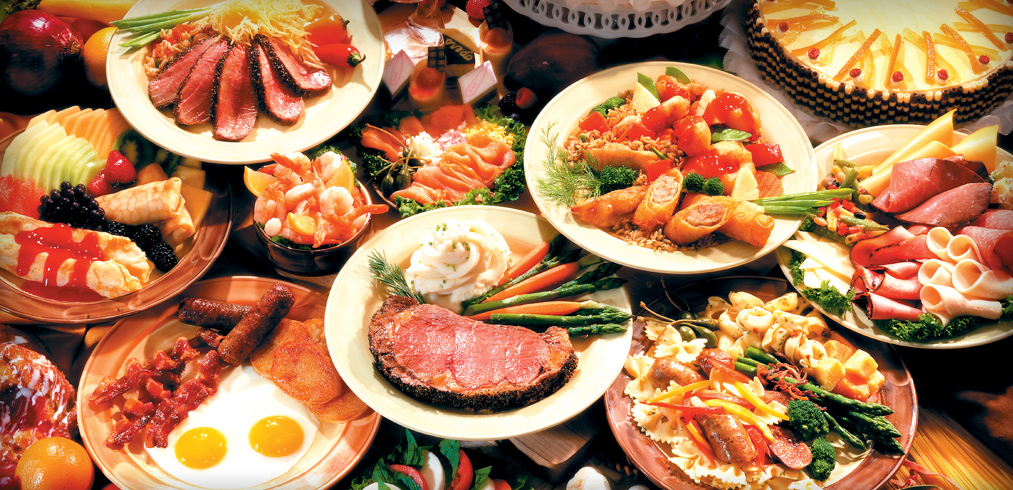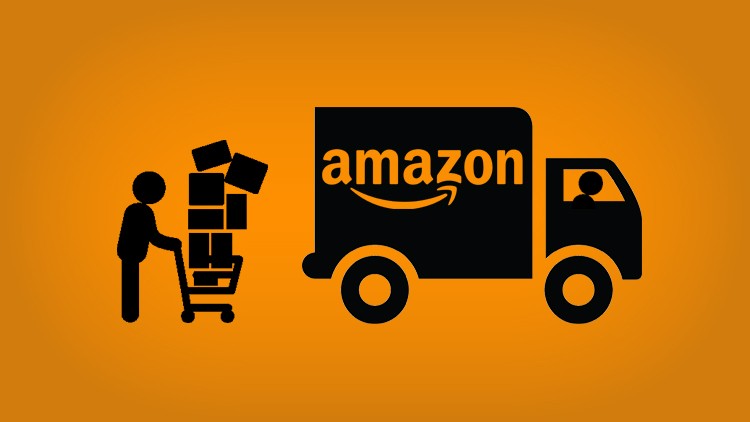As we know marketing is a part and parcel of any business and its success. The competition among restaurants is fierce in New York. They are maintaining restaurant’s sales amidst fierce competition and rapidly changing trends can be a challenge. A key to success is finding the balance between acquiring new customers vs. retaining existing customers.
For food businesses that have recently moved online, figuring out how to promote the brand for customer acquisition and retention may be a little daunting. With any new goal, a person can best approach these below points by creating a plan and breaking it down into actionable steps.
While there are 4 billion active social media users worldwide, not everyone uses the same platform. You must understand who the target audience is and the social media platforms they utilize.

2. Launch Geo-targeted Ads
Rewards and discounts incentivize existing and new customers to visit your restaurant or order takeout and delivery from your Restaurant. Promoting your deals on social media is a great way to re-engage your followers and drive sales directly to your Restaurant. Brand awareness ads are the best way to acquire new customers fast.
By running such ads, you can introduce your brand and your products to shoppers who are sure to be interested in what you offer. 37% of online shoppers say they use social media for purchase inspiration. Run brand awareness ads around your food products on Facebook and Instagram to capture your target audience as customers.
3. Delicious Foodie Photos
The very best way to promote your restaurant online is with high-quality, drool-inducing photos. Visual content is in high demand online these days, and having delicious looking photos on websites and across various social media outlets is essential for drawing hungry eyes.
You can even hire professional studios to create awesome cinematic shots of your food so that they will attract user’s attention in an instant and make them want to taste delicious food from your restaurants.
4. Offer Promotional Discounts
Once a person gets a food discount, they become more attracted to the service and interestingly, become a loyal customer. Therefore, food businesses should try to offer discounts to keep customers flowing daily. Some NYC eateries give away free appetizers, and some offer a free cup of coffee to their loyal customers.
More customers continue visiting the eateries. By presenting these additional incentives to clients, you can keep getting dedicated customers each day.
5. Offer signature packages
This requires just a couple of minutes of your time to compile a package and upload it. This shaves off hours of your time every month. Time saved means you have more time for tasks that’ll increase restaurant revenue, like lead follow-up and proactive selling.

6. Try the online reservation platforms
Online booking platforms are pretty much a requirement for fine dining restaurant marketing. They give you access to millions of diners looking for places to eat each month. In New York, OpenTable used to be the only player but in the past few years, diners now have plenty of other options like Resy and Reserve. These types of online platforms provide websites and apps that give customers tools to book online.
People find the convenience and ease of reservation discovery platforms irresistible so consider tapping them as part of your strategy. Most upscale restaurants add the cost of these services as part of their yearly marketing budget. But you should work out if these platforms are really cost-effective for you as you may benefit from a free reservation instead.
7. Use Influencer Marketing
If the person has yet to amass a strong following or are looking for a larger target audience, consider influencer marketing. Social media influencers are those who have established credibility within certain industries or demographics, and as a result, often have thousands, if not millions of followers
If there are any food-specific influencers nearby, it may not be a bad idea to reach out and invite them to eat at your restaurant for free. If they like food, he can come up with an influencer marketing contract. In exchange for them to create a post about the restaurant, pay them a fee or give them a certain number of free meals.
- Create a takeout and delivery menu. Create a separate menu for takeout and delivery only and make it a simplified version of the dine-in menu. Choose items that are easy to prepare and travel well. Avoid delicate items that could fall apart or melt during transit.
- Provide curbside pickup. For the quickest takeout service, you can provide curbside pickup to your customers. If you have a parking lot, reserve a couple of spaces near your entrance. Train your staff on the proper procedures for handling curb side orders and accepting payment.
- Implement delivery services. If a person has been thinking about setting up delivery services for your restaurant, now is the perfect time. He even needs your own delivery fleet thanks to the availability of reliable third-party delivery services. When your customers can not come, he can adapt by bringing the services to their homes.

Conclusion
An important part of running any successful business is assessing and reassessing the way things are running. Restaurant owners are constantly thinking of ways to improve processes and increase efficiency. According to the National Restaurant Association, 53% of adults say purchasing takeout and delivery food is essential to the way they live and 69% are more likely to buy takeout or delivery food now than they were before the pandemic. And that trend is not going away.
There may have been some ebbs and flows over the summer with outdoor dining, but delivery is a steady option because we always end up back home. To fulfill both on-premise and off-premise orders, many restaurants are adapting and rebuilding their kitchen layouts. COVID-19 has changed how we think about getting food to people. Whether through takeout and delivery, offering meal kits, or in-person dining accessible to more customers.
It is easy to lose sleep over your business’s bottom line. After all, cutting costs and managing margins can’t be taken lightly, especially during the COVID-19 pandemic.








